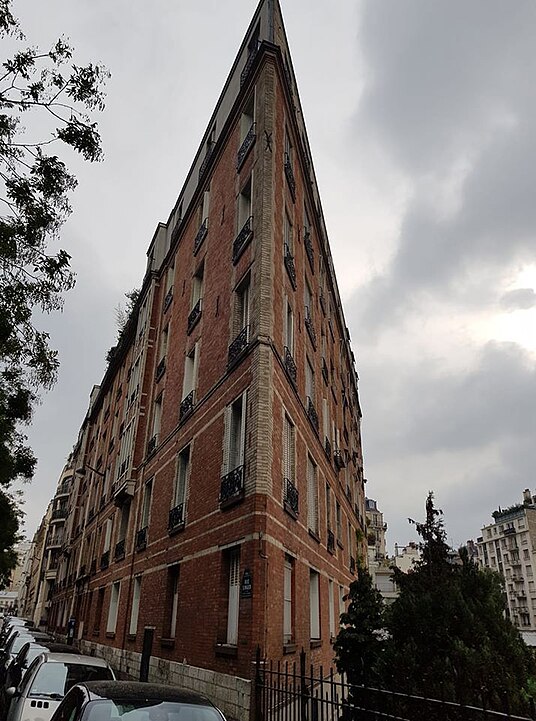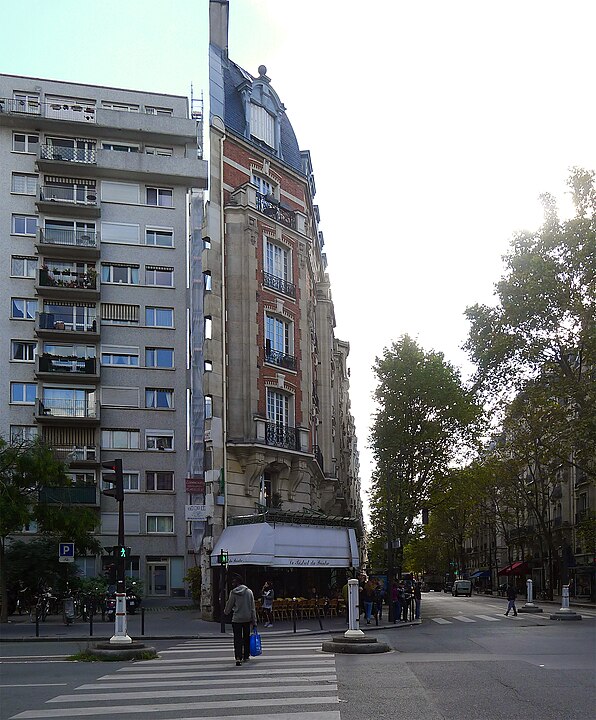The Most Astonishing Flat Buildings in Paris
The story of slim buildings in Paris starts in the 19th century, when the city underwent major urban transformations, particularly during the Haussmann renovations (1853–1870). Baron Haussmann, tasked with modernizing Paris, created broad boulevards, new infrastructure, and uniform building codes to give the city its iconic look. These codes specified how buildings should be designed, including their height, facades, and width.
In many areas, particularly in the older neighborhoods like Le Marais or along narrow streets, buildings became slimmer to fit within the limited space and follow Haussmann's regulations. The shape was also influenced by the need for natural light and proper ventilation in densely packed areas.
As Paris grew more crowded and real estate became expensive, developers built taller, narrower buildings to maximize the use of land while maintaining the aesthetic uniformity that was central to Haussmann’s vision for the city.
Today, these slim buildings are a distinctive feature of Parisian architecture, representing both historical planning decisions and the evolution of urban space in a dense city.

Rue de Cléry (Paris). To the right, rue Beauregard.


